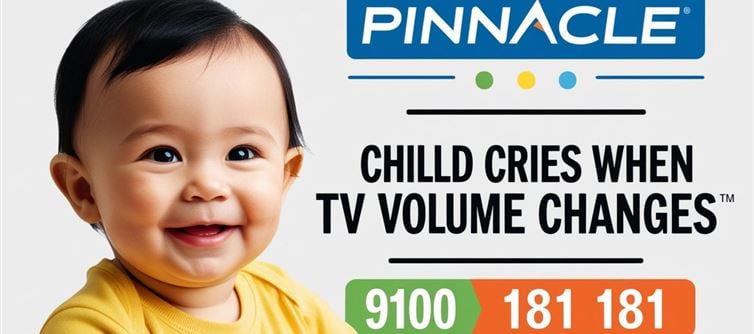
📍 Location: Kanpur
🧠 Service: Auditory Processing Disorder / Autism Spectrum / Sensory Regulation
📞 Call to Action: AbilityScore©® Auditory Sensory Screening + TherapeuticAI©® Regulation Plan
“We Turned Up The Volume — Just One Notch.
He Screamed.
Covered His Ears.
Ran Into The Bathroom.
And Slammed The Door.”
Rudra, 4 years old, loved cartoons.
But:
- The volume had to be exactly “11” on the remote.
- Not 10. Not 12.
- One step higher — he collapsed.
- One step lower — he panicked.
“It wasn’t about liking the show.
It was about surviving the sound.”
🧠 Why Small Sound Changes Feel Like Explosions
At Pinnacle® Kanpur, auditory and sensory specialists explain:
“Many children on the autism spectrum have auditory dysregulation —
their nervous system cannot process changes in sound normally.
Sudden shifts in volume feel like physical shocks.”
What parents often miss:
- Crying when volume changes
- Screaming during applause, claps, or loud laughter
- Fear of sirens, pressure cookers, blenders
- Meltdowns in noisy malls or busy streets
- Covering ears even in mildly loud environments
“It’s not drama.
It’s the neurological equivalent of a panic button.”
📞 The Day They Couldn’t Turn The Volume Back Down Fast Enough
At a family dinner, Rudra’s cousin turned on the tv and raised the volume.
- Rudra screamed.
- Covered both ears.
- Threw his toy across the room.
- Hid behind the curtain — sobbing.
“That night, we stopped thinking it was stubbornness.
We realized it was pain.”
They called 9100 181 181.
The counselor said:
“You didn’t break him.
But his world is already too loud inside.
Let’s screen how sound is hurting him.”
They booked a free AbilityScore©® Auditory Sensory Screening the next day.
📊 Rudra’s AbilityScore©® Auditory Profile
- Volume Change Sensitivity: 🔴 red (430/1000)
- Environmental Sound Tolerance: 🔴 Red
- Auditory Overload Recovery: 🔴 Red
- Verbal Instruction in Noisy Environments: 🔴 Red
He wasn’t reacting to being told “no.”
He was responding to being flooded.
🤖 How TherapeuticAI©® Helped Him Hear — Without Hurt
His therapy didn’t teach him to “get used to it.”
It taught his brain to regulate and recover.
His plan included:
- Desensitization sessions with controlled volume sliders
- “Safe sound” conditioning before introducing louder noise
- Visual volume meters (what’s loud, what’s soft)
- Ear defenders in public, followed by slow weaning
- Parent coaching: Never surprise him. Always prepare him.
By week 5:
- Rudra sat through a family movie with medium volume
- Whispered “Too loud” instead of screaming
- Watched tv at volume 12 — without panic
- Hugged his grandfather — after a loud sneeze — and said, “OK now”
“He didn’t just tolerate sound.
He took control of it — with strength and support.”
💬 What His parents Say Now
“We weren’t turning up the TV.
We were turning up his fear.
And we didn’t even know it.
Pinnacle® showed us that every scream was a signal —
not a problem to be punished, but a message to be understood.”
🌍 This Autism Awareness Month — Don’t Wait Until The World Is Too Loud
If your child:
✅ Cries or covers ears when the volume changes
✅ Panics at sound spikes — doorbells, tv, applause
✅ Refuses noisy environments
✅ Seems “fine” one minute — then collapses with noise
…it’s time to screen their sensory system — and help them feel safe again.
📞 Book Your Child’s Free Auditory Sensory Screening in Kanpur
📞 Call the Pinnacle® National Autism Helpline: 9100 181 181
🌐 www.Pinnacleblooms.org
📍 kanpur | lucknow | Prayagraj | Varanasi
✅ Free AbilityScore©® Auditory Regulation Report
✅ TherapeuticAI©® Sound Desensitization Plan
✅ hindi + english Therapists
✅ home Volume Tolerance Kit for Parents
⚠️ Disclaimer
This article is for awareness purposes only. For medical advice, contact your healthcare provider or call Pinnacle® at 9100 181 181.




 click and follow Indiaherald WhatsApp channel
click and follow Indiaherald WhatsApp channel